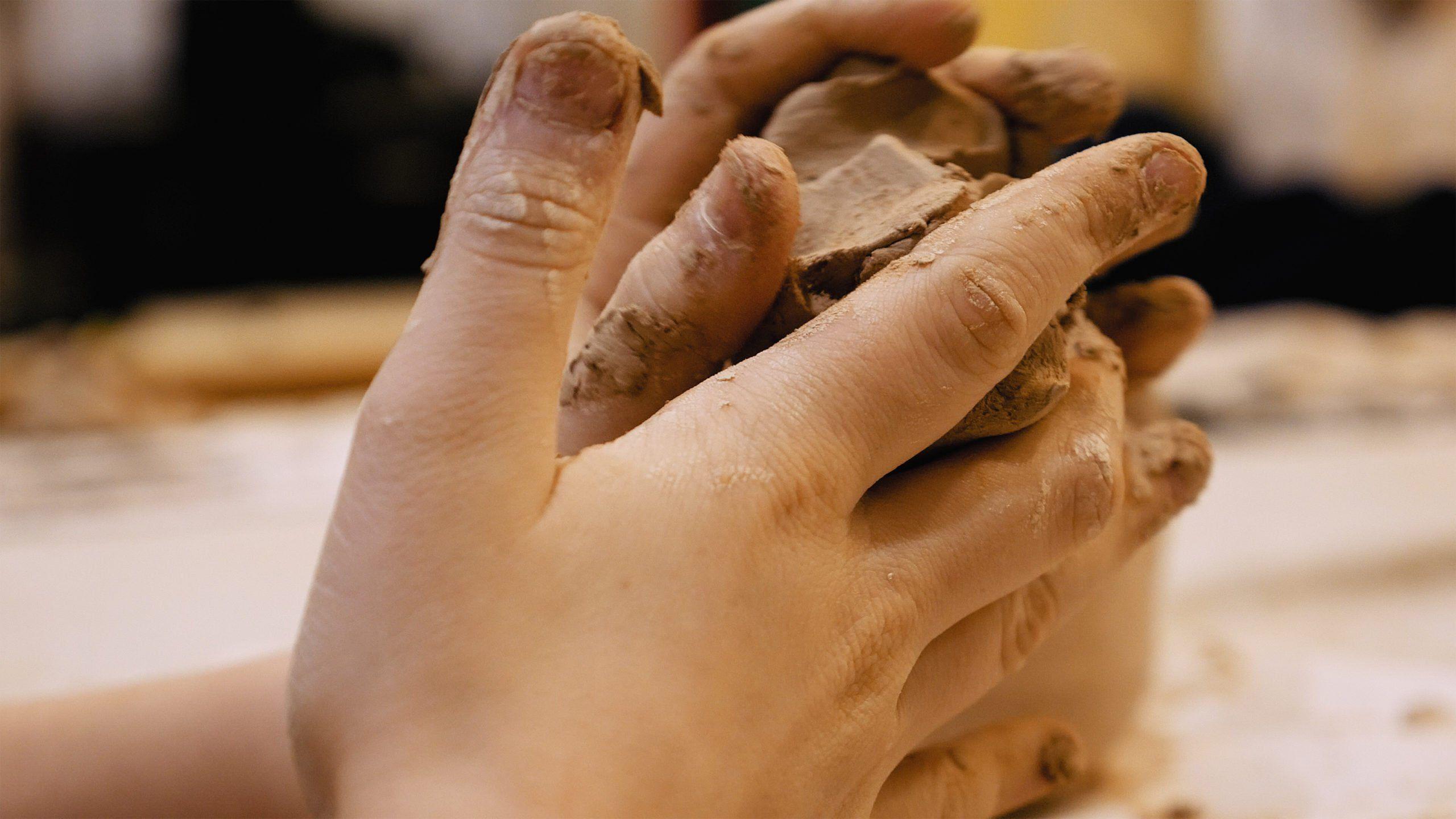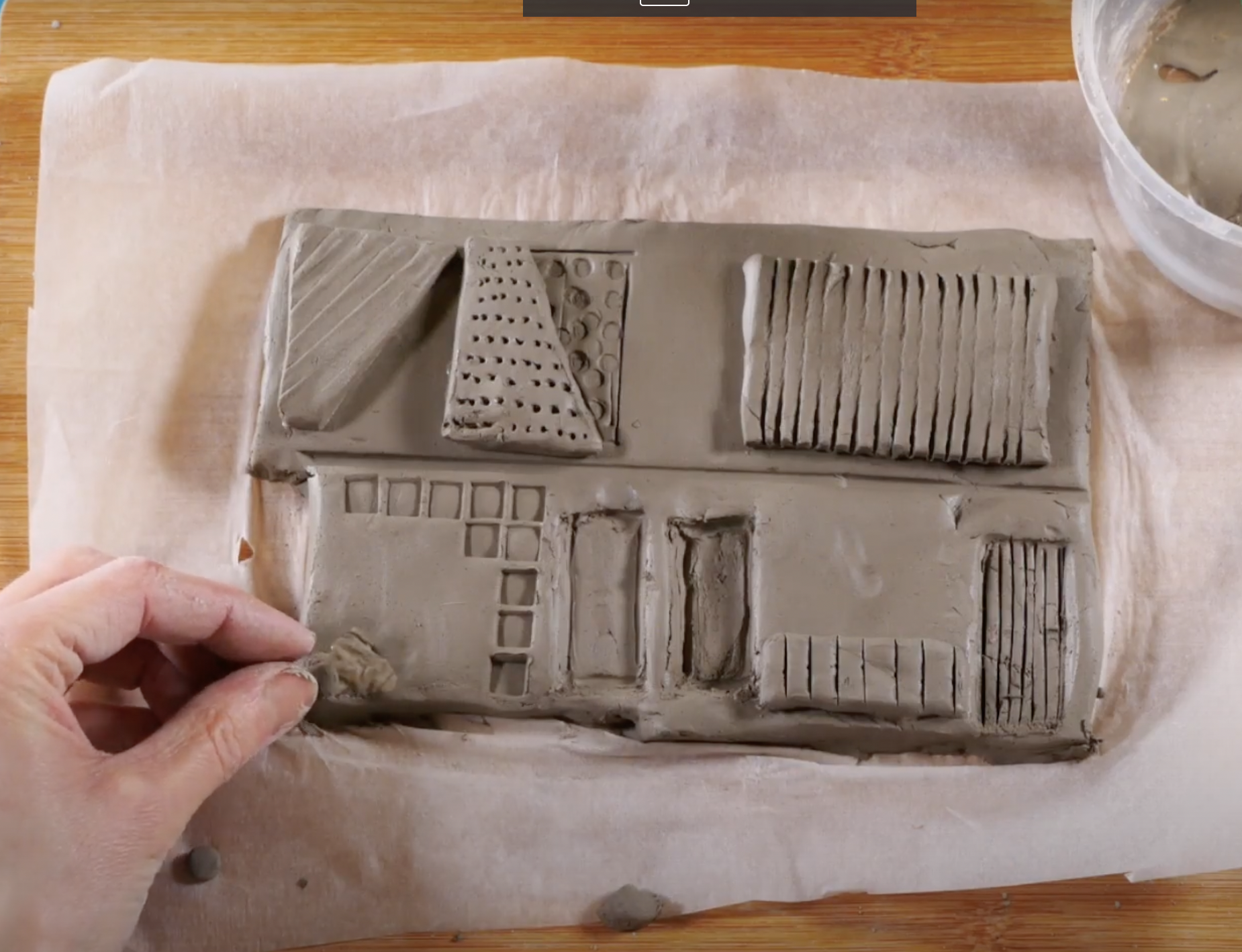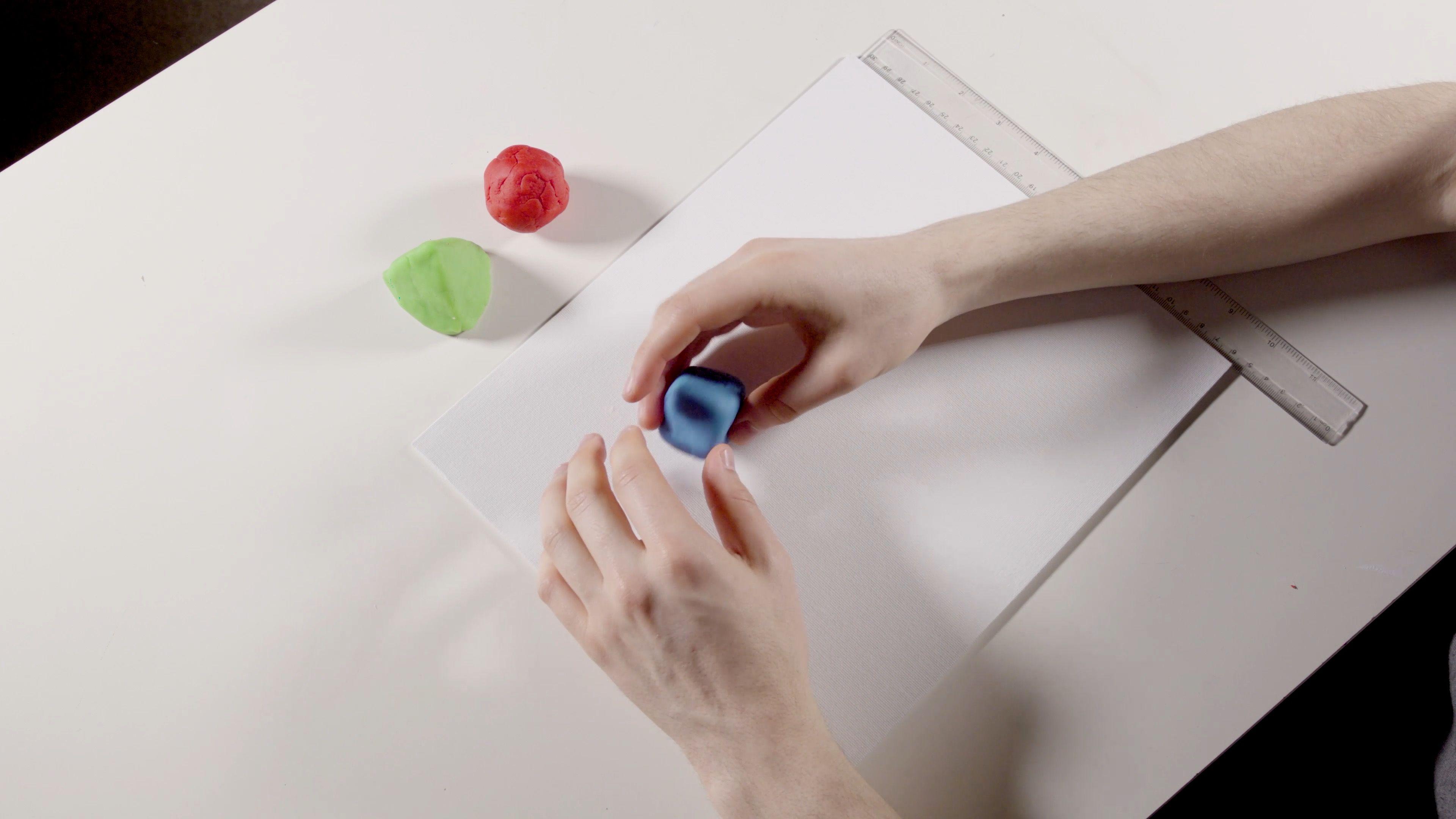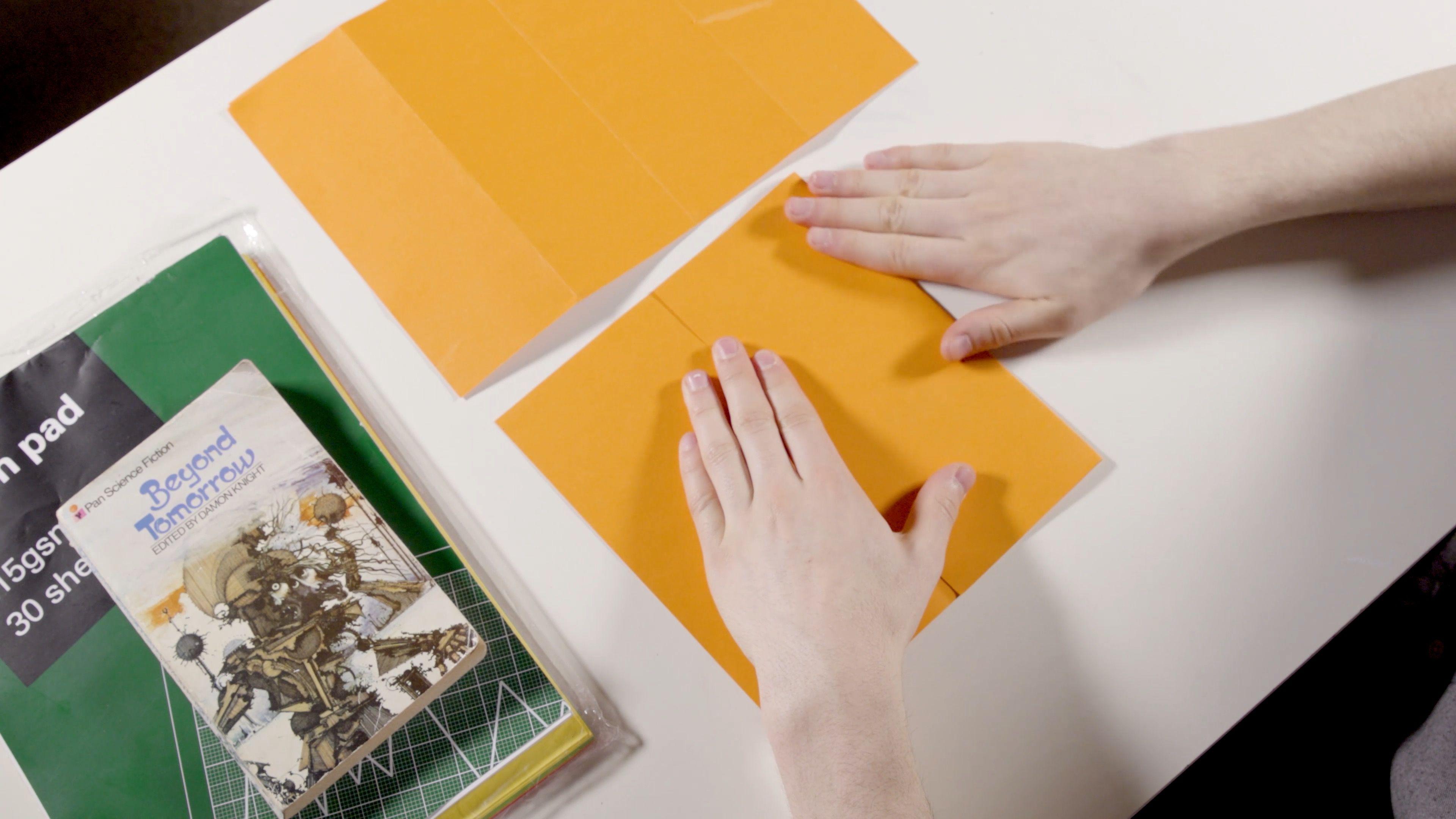Learning objectives
Knowledge
- To recognise that the shape of some solid objects can be changed.
Working scientifically
- To record data in a table.
Success criteria
Knowledge
- I can observe how actions change the
This content is for subscribers only. Join for access today.
National curriculum
Science
Uses of everyday
This content is for subscribers only. Join for access today.
Cross-curricular links
None.
This content is for subscribers only. Join for access today.
Before the lesson
This content is for subscribers only. Join for access today.
Lesson plan
Recap and recall
Arrange the children in pairs and display the Presentation: What am I? Read each material description aloud to the class and ask the pairs to share their ideas, using the word bank for support. Allow time for paired discussion. Read each description aloud again and ask the class to call out the correct materials, clicking to…
This content is for subscribers only. Join for access today.
Extended-mode explainer videos
How to extend your display to view the lesson page and preseantion mode simultaneously. Choose your operating system below to watch the video
If you need further support with extending your display,
please contact [email protected].
Extended-mode explainer video: For Mac
Extended-mode explainer video: For Windows
Adaptive teaching
Pupils needing extra support
Could compare two objects, completing two rows on the Activity: Does it change shape?; could be given two PE hoops labelled ‘does change shape’ and ‘does not change shape’ to sort a selection of ten everyday objects.
Pupils working at greater depth
Should explain why some objects return to their original shape and some remain in their new shape (e.g. the sponge is made from an elastic material which bounces back; the paper clip is made from metal, which is strong but flexible).
This content is for subscribers only. Join for access today.
Assessing progress and understanding
Pupils with secure understanding indicated by: recognising that stretching, twisting, bending and
This content is for subscribers only. Join for access today.
Vocabulary definitions
-
bend
A type of push causing some objects to curve.
-
elastic
A material that can stretch and return to its original shape.
This content is for subscribers only. Join for access today.
In this unit
Assessment - Science Y2: Uses of everyday materials
Lesson 1: Objects and materials
Lesson 2: Which material is suitable?
Lesson 3: Stretch it, twist it, bend it, squash it!
Lesson 4: Testing stretchiness
Lesson 5: Testing strength
Lesson 6: Eco-friendly materials





